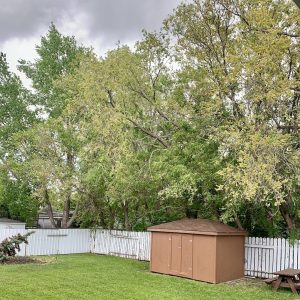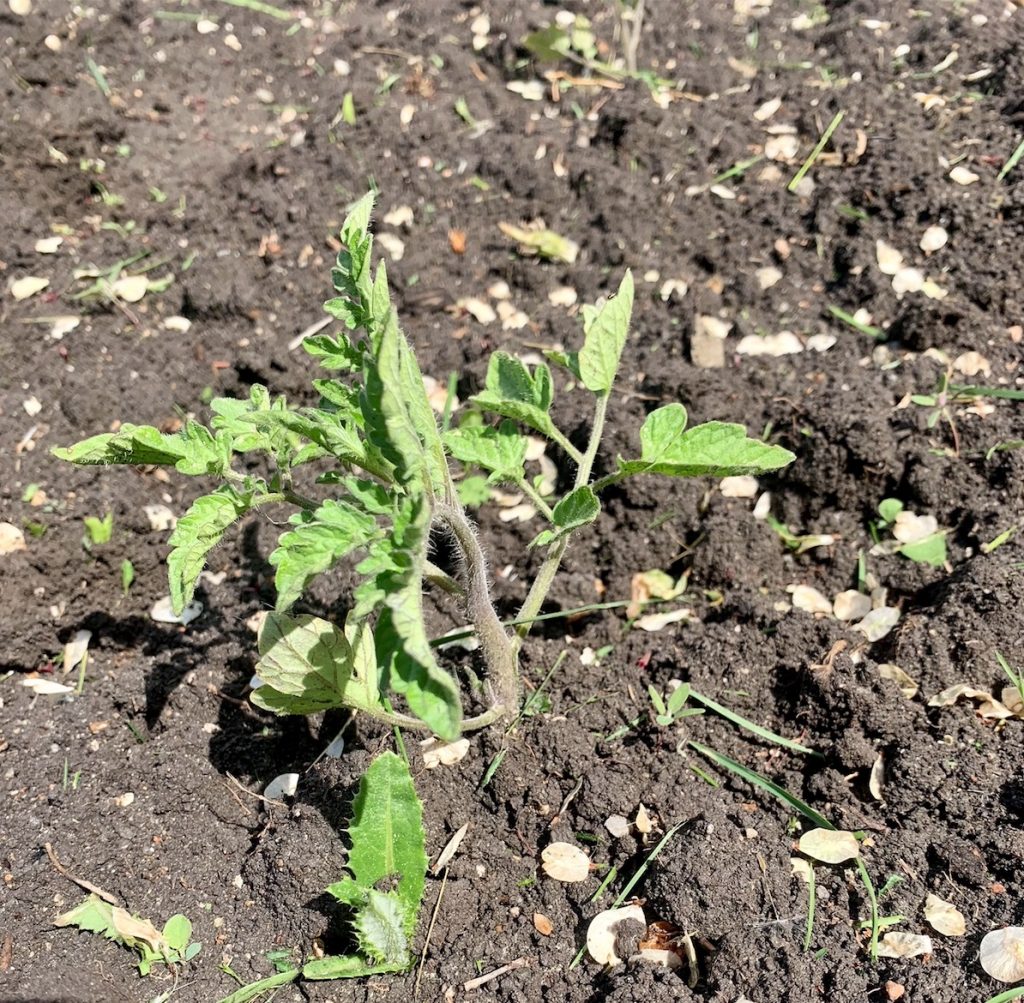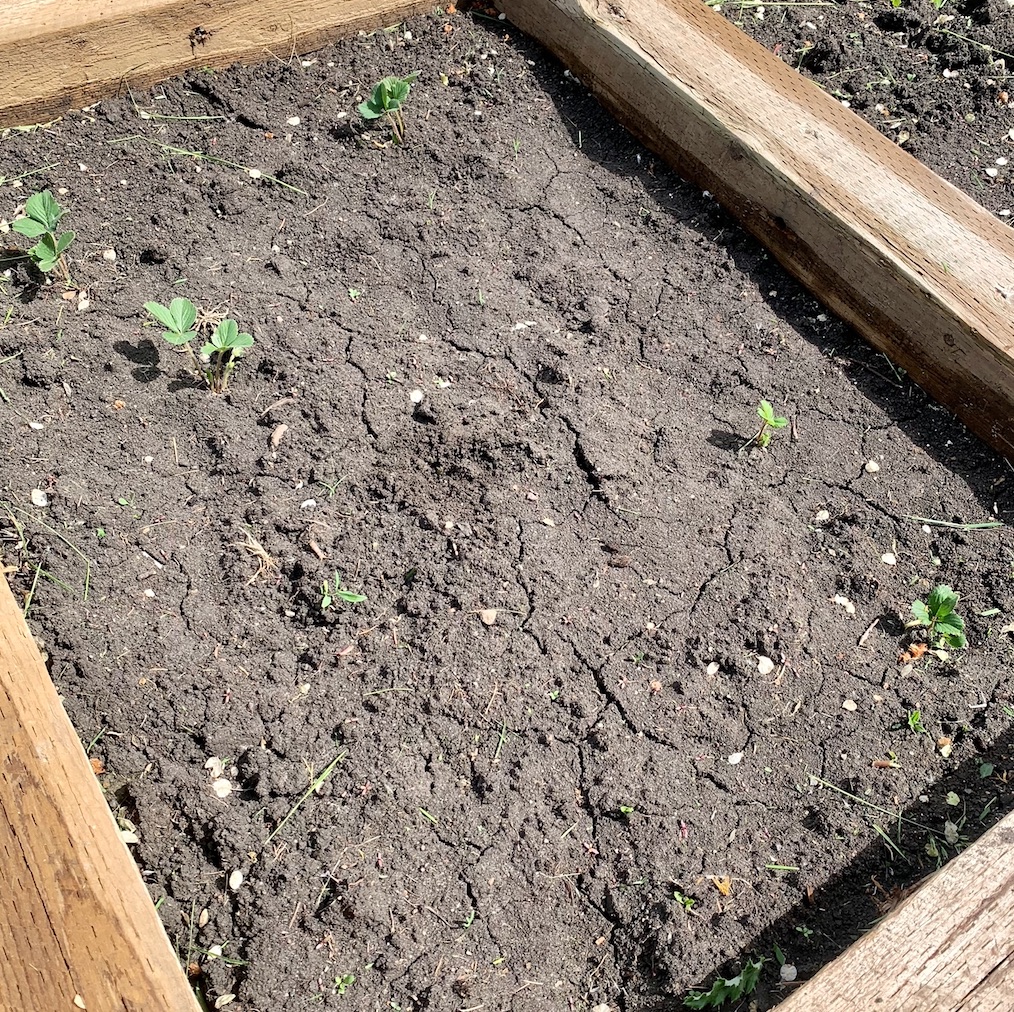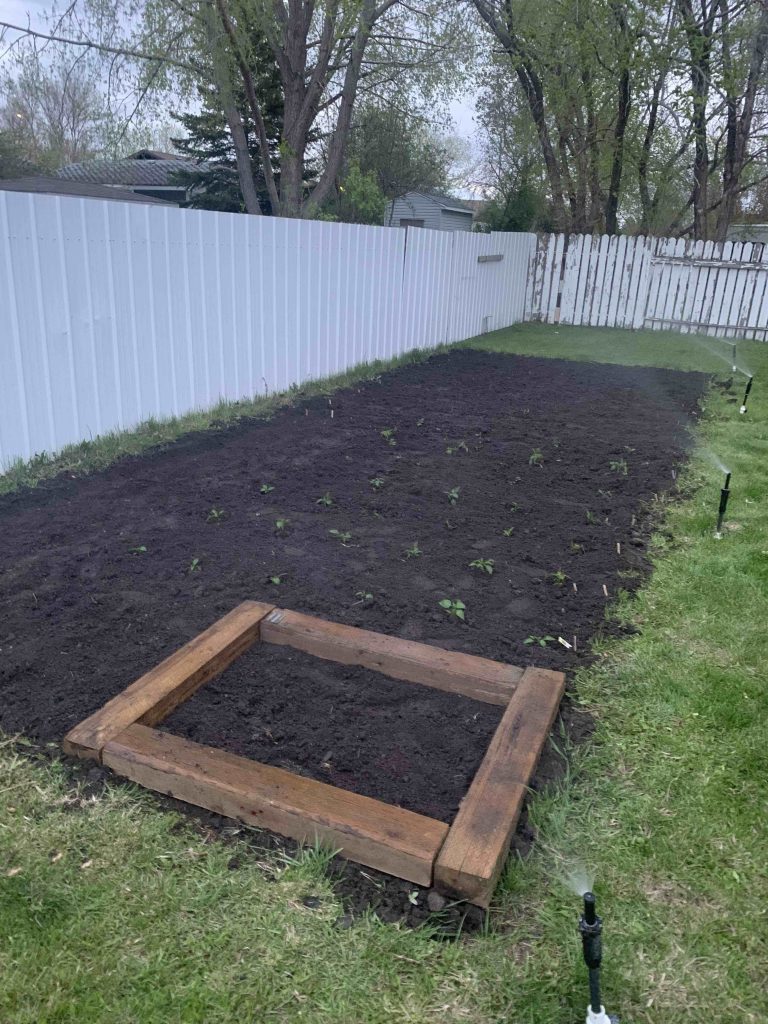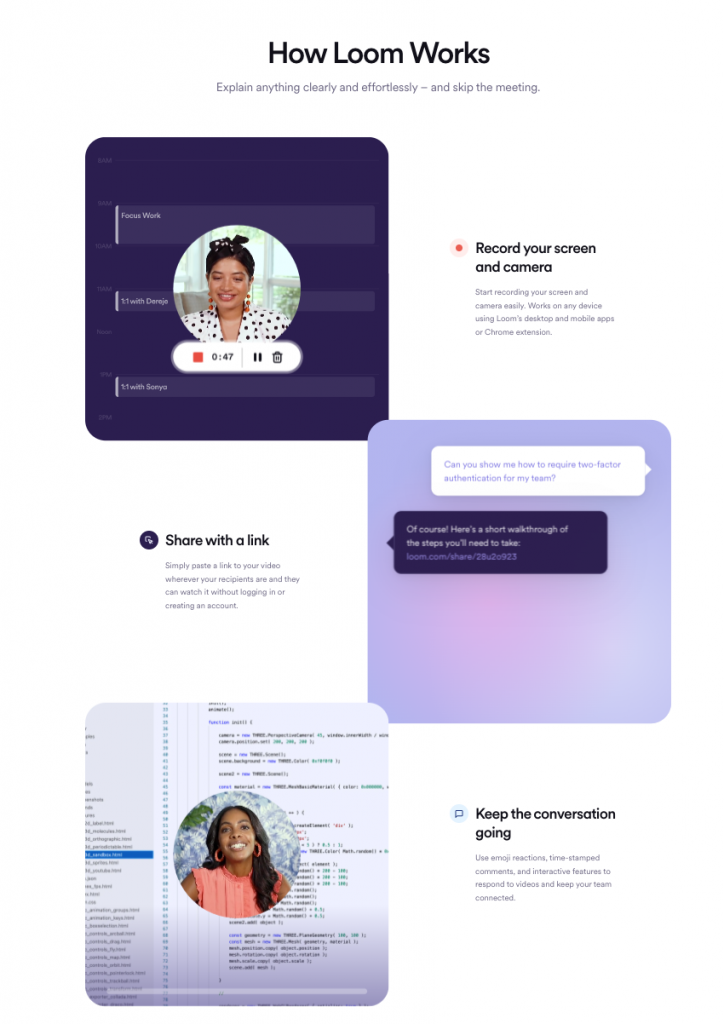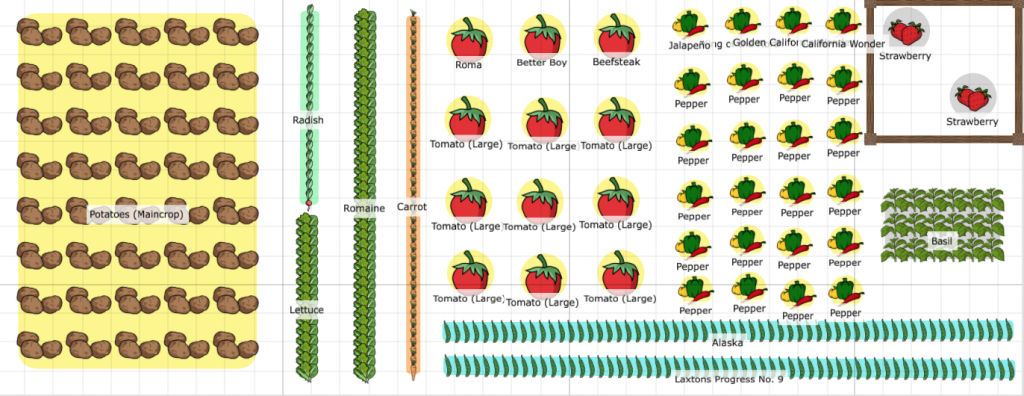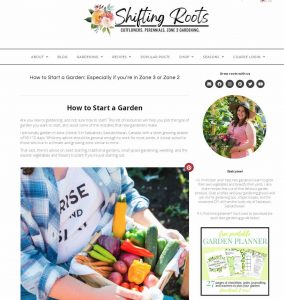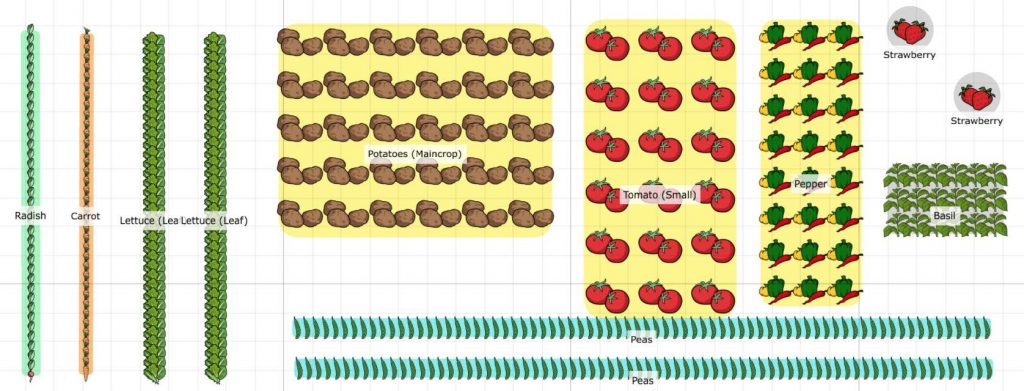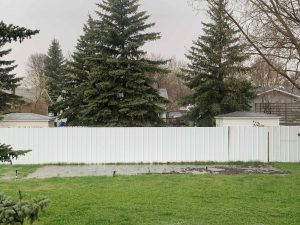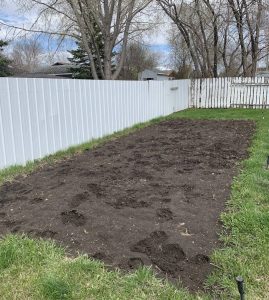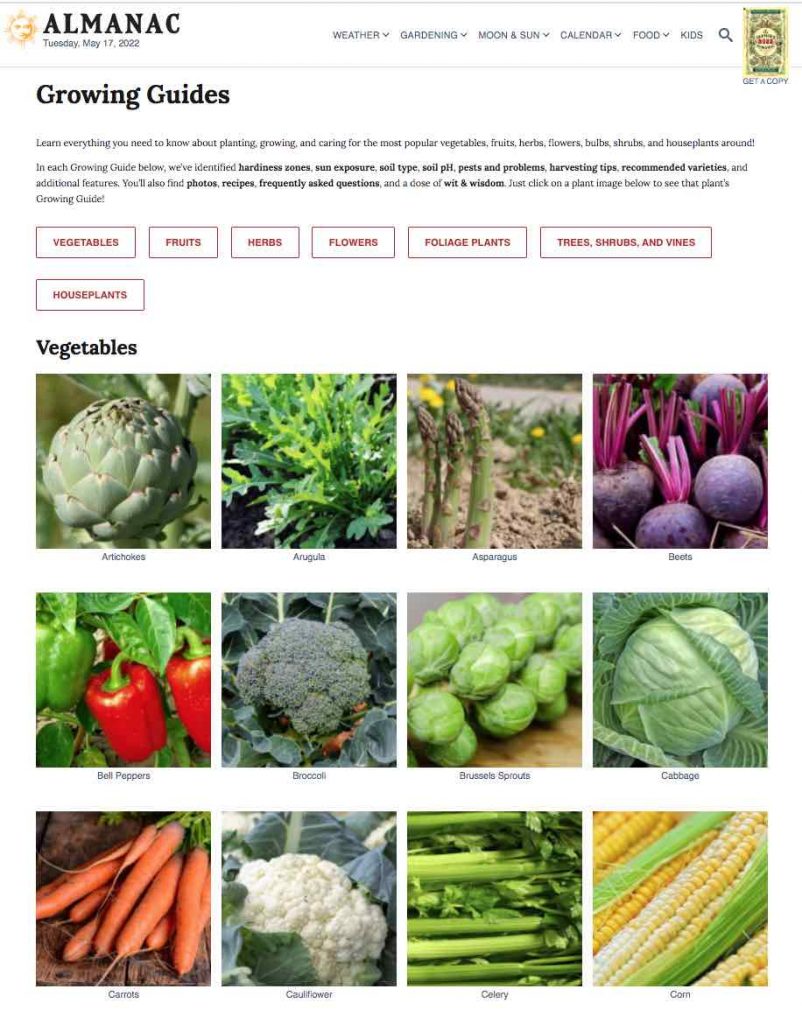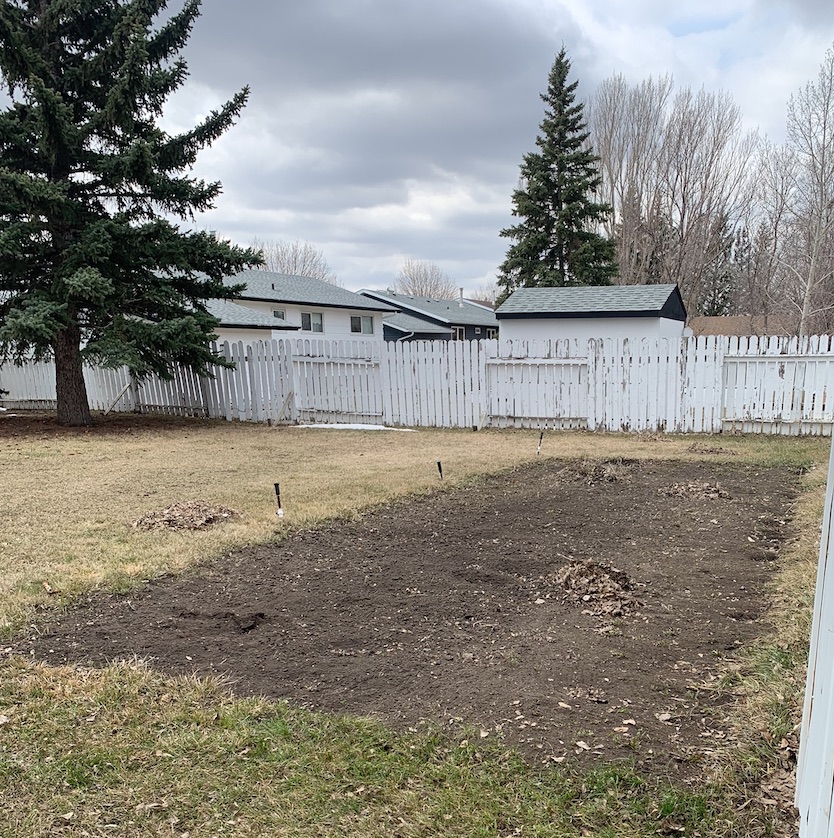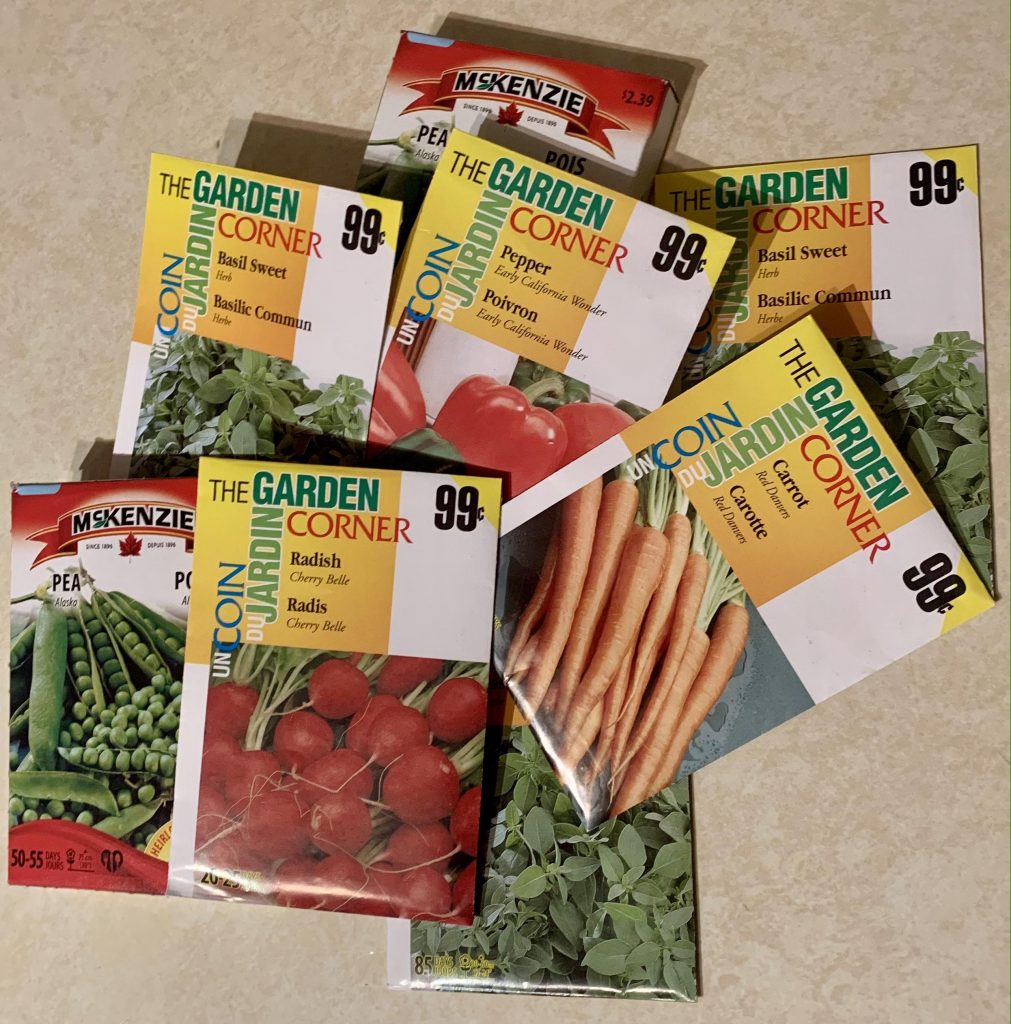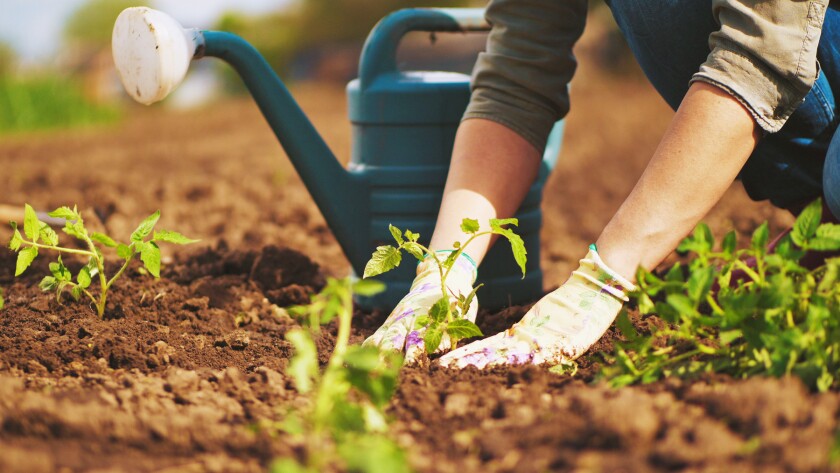The end of the semester means the end of my learning project! During the past seven weeks I have learned so much about gardening and even more about learning online. The weekly blog posts kept me accountable and I am appreciative that they provide a means of measuring my growth and progress throughout my learning project!
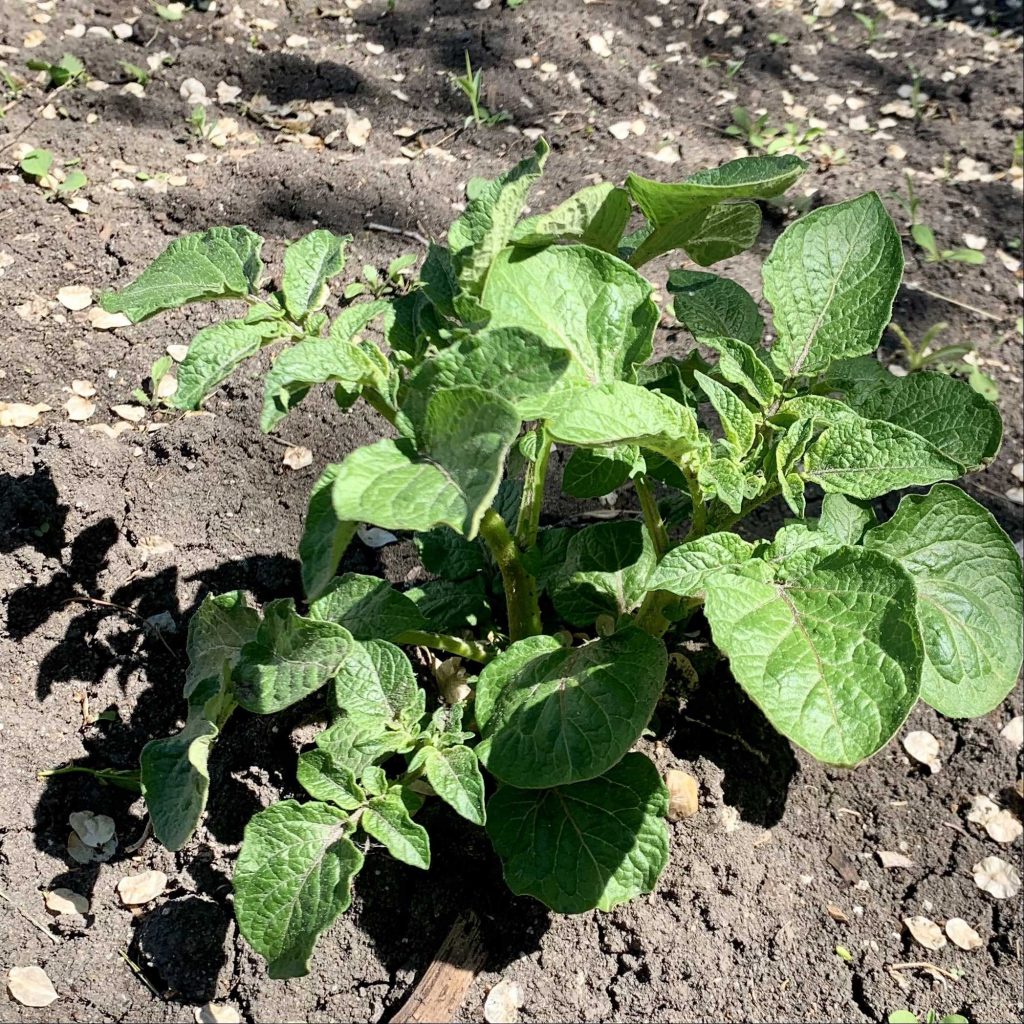
Potatoes 
Pepper Plant 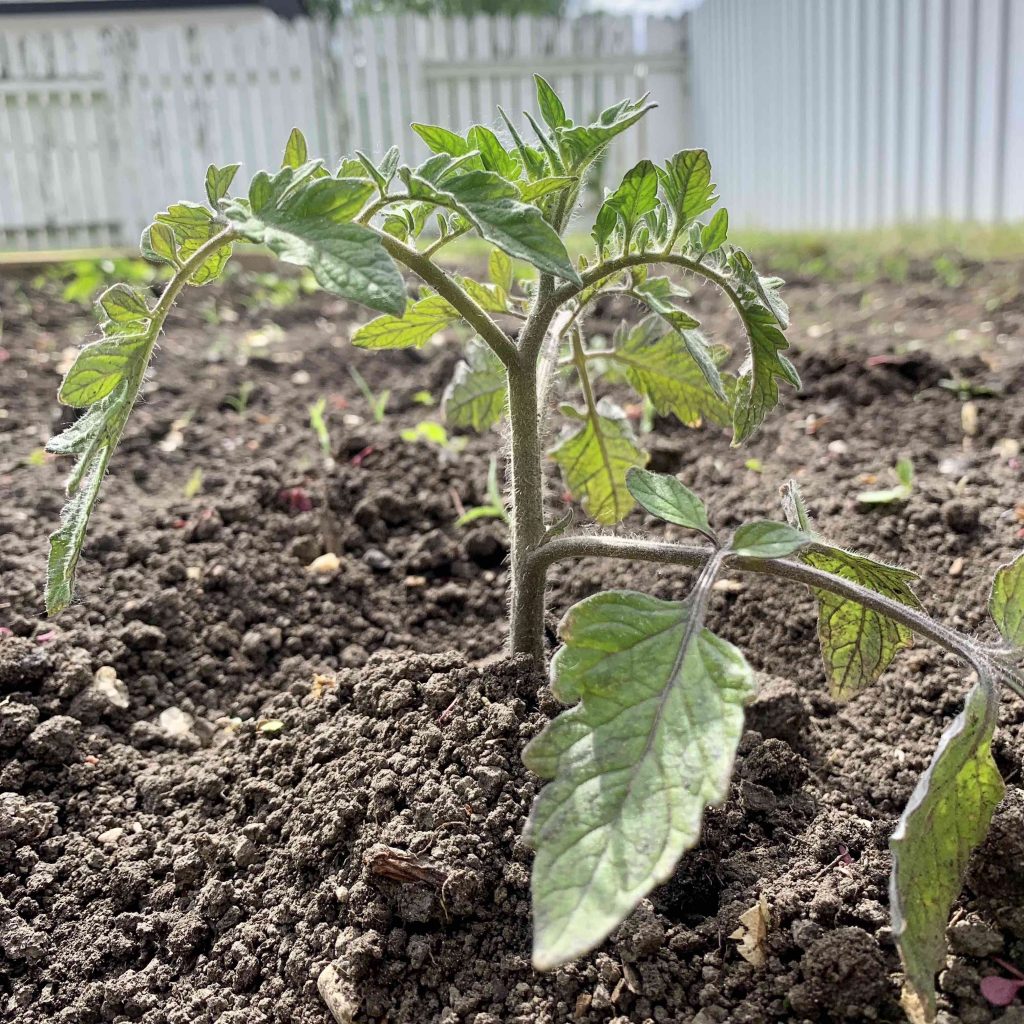
Tomato Plant 
Peas 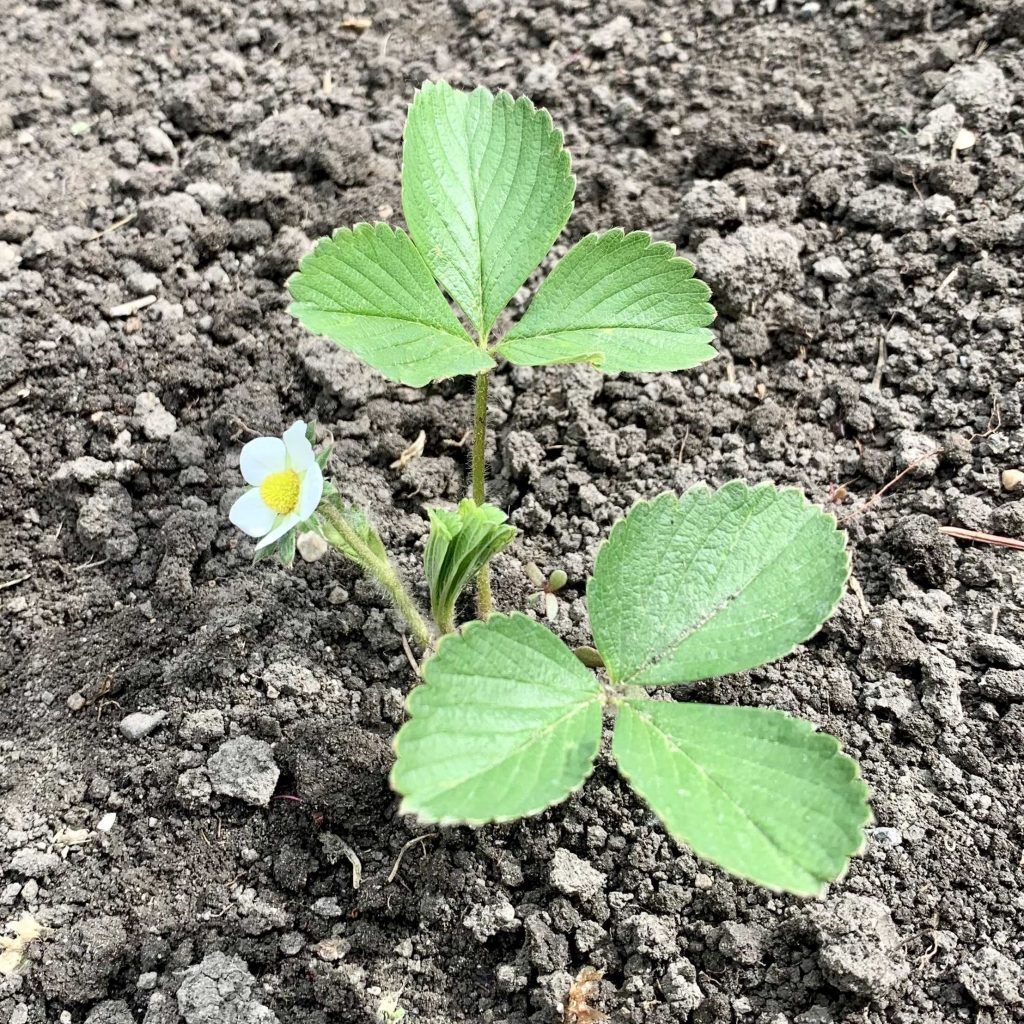
Strawberries 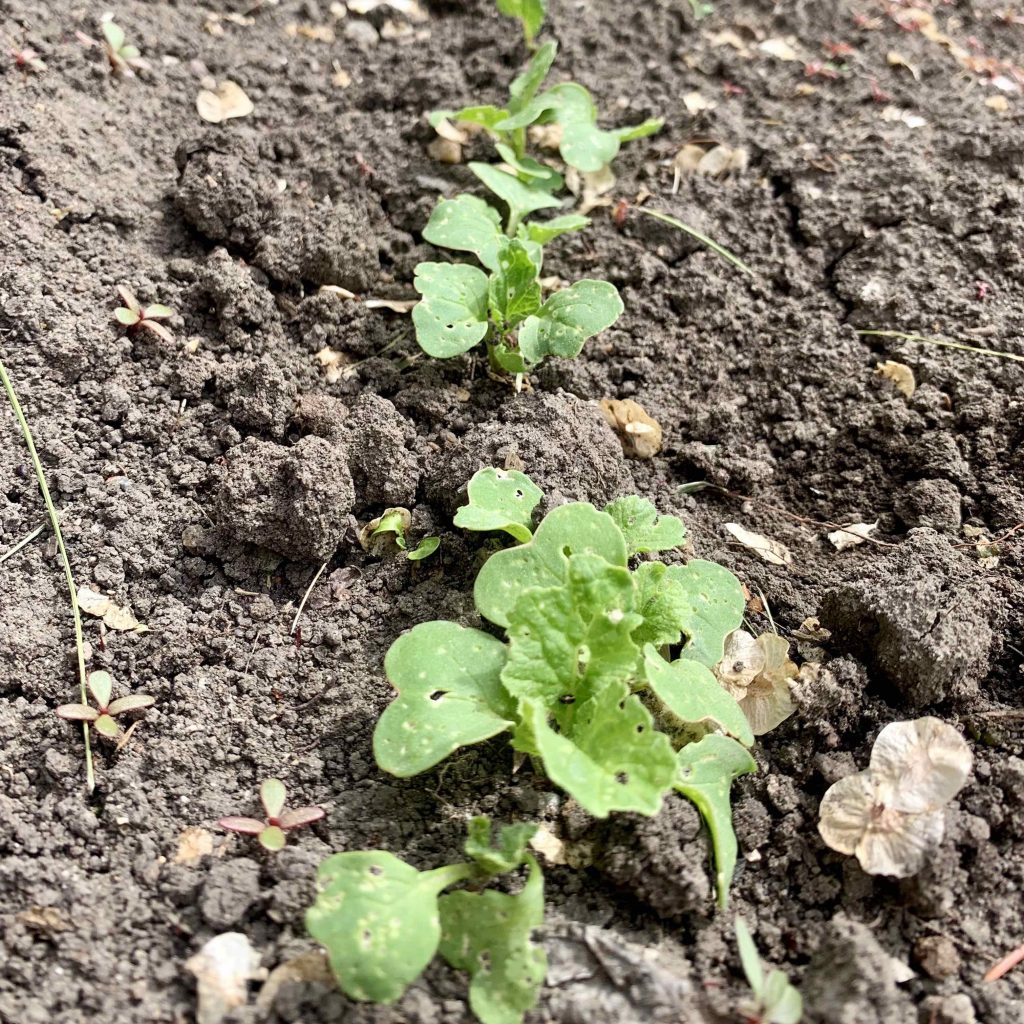
Radishes
Weekly Overview
Week 1: To Grow or Not to Grow
- Introduction to my learning project
- Reasoning and explanation of why I chose gardening for my learning project
- Outline of what I had completed in preparation for the learning project
- Overview of my next steps
Resources explored: Facebook group, YouTube Video
Week 2: Garden of Weedin’
- Research, research, research
- This week I focused on growing my knowledge on gardening
Resources explored: Almanac Website
Week 3: From the Ground Up
- This week I focused on garden preparation
- I top-dressed my soil with compost and then re-tilled my garden to mix it all in
- Soaked pea seeds, prepared my seeding potatoes, and purchased garden tools like trellises and cages for my tomatoes and peppers
- Continued growing my knowledge via online resources
Resources explored: Shifting Roots Blog, Almanac Website, Growing Guides
Week 4: Learning & Tech: Garden Planner
- Explored the use of technology in the learning process
- Reviewed the Almanac’s Garden Planner and provided an extensive review on my thoughts and overall experience
- Provided a video tutorial on how to use the application
Resources explored: Almanac’s Garden Planner
Week 4: Learning & Tech: Loom
- In order to share my thoughts on the Garden Planner application, I had to explore an additional tech resource; Loom
- Provided an extensive review on the screen casting platform and outlined my experience and thoughts
Resource explored: Loom
Week 5: Veggies Loading
- This was an exciting week as it was the week my garden was officially planted
- I shared multiple gardening videos from social media sites, specifically Instagram and Tik Tok
- Outlined my next steps for my gardening journey, including watering, fertilizing, weeding, and harvesting, and provided resources for each step.
Resources explored: Instagram, Tik Tok, Almanac Website, Fine Gardening Website, UF Gardening Solutions, Pick Your Own Website
Videos provided:
- Early season tomato pruning tip
- When should you harvest peas
- Importance of thinning vegetables
- What to do with strawberry runners
- How to properly plant tomatoes
- Easiest vegetables to grow
- How and why to top pepper plants
Week 6: Labour of Love
- Tried out YouTube for the first time and posted a time lapse video
- Provided progress photos of plants (which looking back now grew quite quick!)
- Focused on land based learning and provided resources regarding how gardening is an excellent means for this
- Extensively reviewed all resources provided this week
Resources explored: YouTube, Indigenous Land Based Learning Article, The Sheaf Article, Learning from the Land Resource
My Tips to Beginner Gardeners
- Research, research, research. There are endless resources available to all level of gardeners, and a quick google search will likely provide exactly what you’re looking for. My two favourite resources I utilized while learning about gardening were the Almanac Website and the Shifting Roots Blog.
- Don’t be afraid to ask for help! Throughout this process I leaned on both my mom and grandma who have much more experience and were able to share their knowledge and provide many helpful tips.
- Map out your garden before you plant! Prior to this learning project I had no idea that certain plants grow better or worse depending on what plants they are beside. It is also important that you leave enough space between rows of veggies so you can maneuver around your garden, whether to weed or harvest. I loved the Garden Planner App for planning my garden, and was very thankful to have a template to refer back to when my veggies were just starting to grow and I forgot what was planted where.
- Try not to compare your garden to others. I felt like I planted my garden way too late, however, in the end it really didn’t make that big of an impact! While my veggies may not be ready to harvest quite yet, they are right on track for me to have some produce soon!
- Have patience, water, weed, and watch your veggies grow!
“Gardening may be a fun and relaxing way to get in touch with nature, but did you know that it also has plenty of health benefits? Gardening is an activity that’s good for both the mind and body, and can be enjoyed by people of all ages.”
Julia Haskins
Before and After
| Before the Learning Project | After the Learning Project |
| – Unfamiliar with preparation of seeds – No experience with blogging – No concept of what it takes to plant and maintain a garden – Didn’t know that certain vegetables need to be started indoors many months before transplanting them outside – No understanding of the role soil nutrition plays in gardening – Thought once a garden was planted, the hard work was done (this is quite the opposite!) | – Comfortable blogging – Knowledge on planting variety of seeds and plants – Knowledge on soil preparation and maintenance – Knowledge on watering and fertilizing requirements – Specific knowledge on zone 3 gardening – A collection of resources to refer back to in the future and provide to others beginning their gardening journey – Confidence in gardening – Pride in accomplishments thus far |
My Key Takeaways from this Learning Project
- Online learning is a very prevalent topic, especially following the recent global pandemic and shift to online classes for many. This learning project reinforced that in order for it to be fully successful, online learning requires motivation, persistence, and basic technological skills. Overall, I do believe learning online is an effective way to learn.
- This learning project made me realize my preferred methods of online learning. While I assumed I would prefer video resources, I found I actually prefer written or print resources accompanied by pictures or media.
- Having a PLN is very effective. Throughout this learning project, I found it very beneficial to have peers commenting and contributing to my learning project and blog posts. Whether it was sharing a resource or just providing some encouragement, it was motivating and validating to hear others perspectives and observations. Learning alongside peers was also motivating and encouraged me to try and make my learning project and subsequent blogs as good as the ones I was engaging with.
- Gardening is an excellent way to connect with nature and is something that is attainable for many. I believe gardening is a cost effective hobby as it requires little to get started, and will allow you to save money on groceries once the veggies begin to grow. Personally, I was able to plant my entire garden, purchase seeds, fertilizer, trellises, and tomato cages all for under $50.
- Can anyone learn anything? Maybe. But we must consider the accessibility of tools and resources required in the learning process. Specifically, for online learning, digital access is a huge factor which decides who will be successful in learning a new skill. If you’re not able to fully participate and access digital tools, then the level of knowledge gained will be limited. Money can also be a large factor deciding what skills can be learned. For example, while learning how to play an instrument would be awesome, it would require owning or having access to said instrument. Gardening is not an expense free skill/hobby, however, it provides unlimited opportunity for a variety of budgets to try gardening out.

